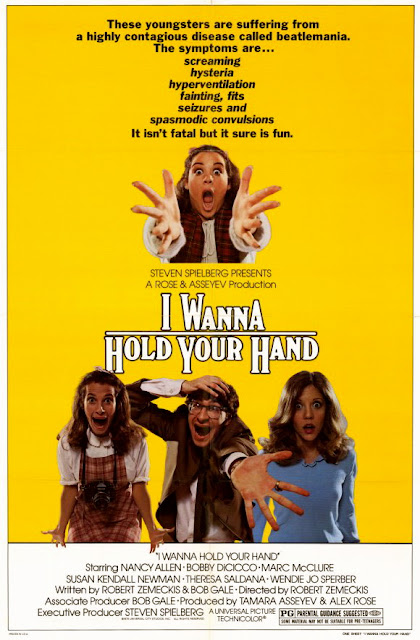At the historical moment when this lyrical and
revealing documentary was made, Dennis Hopper seemed poised for elevation to
godlike status in popular culture. Still riding high on the success of his
directorial debut, Easy Rider (1969),
Hopper had just completed shooting a bold new feature, The Last Movie, which he not-so-humbly envisioned as a
revolutionary step forward in world cinema. The
American Dreamer captures Hopper during the protracted editing process of The Last Movie, although filmmakers L.
M. Kit Carson and Lawrence Schiller are only peripherally interested in the
actual method by which Hopper and his cutters assemble footage. Instead, the
filmmakers seek to capture the soul of an artist at his creative peak.
Therefore, much of the documentary comprises Hopper delivering improvised monologues
about his aesthetic and spiritual philosophy. And while Hopper is insufferably
contradictory and pretentious and self-aggrandizing, creating excuses for
indulgent behavior by characterizing every action he takes as a manifestation
of his rebellious creativity, the seemingly unrestricted access Carson and
Schiller gained to Hopper’s life makes The
American Dreamer important. The content of The American Dreamer’s best sequences is so interesting that the
documentary’s excesses—not least of which is fawning hero worship—can’t
diminish the project’s informational value.
Set mostly around a home in Taos,
New Mexico, where a bearded Hopper supervises editing whenever he’s not
indulging in sexcapades with the myriad willing ladies who drift in and out of
the place, The American Dreamer is
almost equally divided between narrative scenes capturing action as it unfolds,
and poetic passages juxtaposing Hopper’s voiceover with shots of the
actor/director driving, walking, or, in some cases, pulling performance-art
stunts like stripping off his clothes while he strolls through a suburb. (In
some of the most bracing scenes, Hopper has group sex with various nubile
women, although the doc stops short of depicting anything X-rated.)
The through-line
of The American Dreamer is Hopper’s
stream-of-consciousness speechifying, and there’s no question he’s a compelling
speaker even when his rhetoric gets ridiculous. In cogent moments, he invents
hip slogans, e.g., “It’s very difficult at times if you believe in evolution
not to believe in revolution.” Elsewhere, he spews drug-casualty non sequiturs,
e.g., “Can you go in a corner and not think about a white bear for five
minutes? Is that possible?” And this was before
Hopper reached rock bottom. Much of Hopper’s extemporizing seems consciously
designed to burnish the myth of Hopper as a soldier for social change (one of
Hopper’s real howlers: “Society’s made me a criminal”). Meanwhile, some of the
actor/director’s chitty-chat comprises glorified pick-up lines, as when he
explains to a Playboy Bunny that he’s so concerned about female orgasms he
thinks of himself as a lesbian.
At his worst, Hopper embarks on sky-high ego
trips, referring to himself in the third person as “the artist” and equating
his work to that of Orson Welles. (The filmmakers goose these delusions of
grandeur by lacing the soundtrack with original folk songs about Hopper’s quest
to reinvent cinema.) The deification gets a bit much, but nestled within The American Dreamer is a poignant
portrait of a uniquely talented man testing the outer limits of his universe,
thereby inadvertently arriving at the place where maverick artistry becomes
megalomania.
The
American Dreamer: GROOVY














